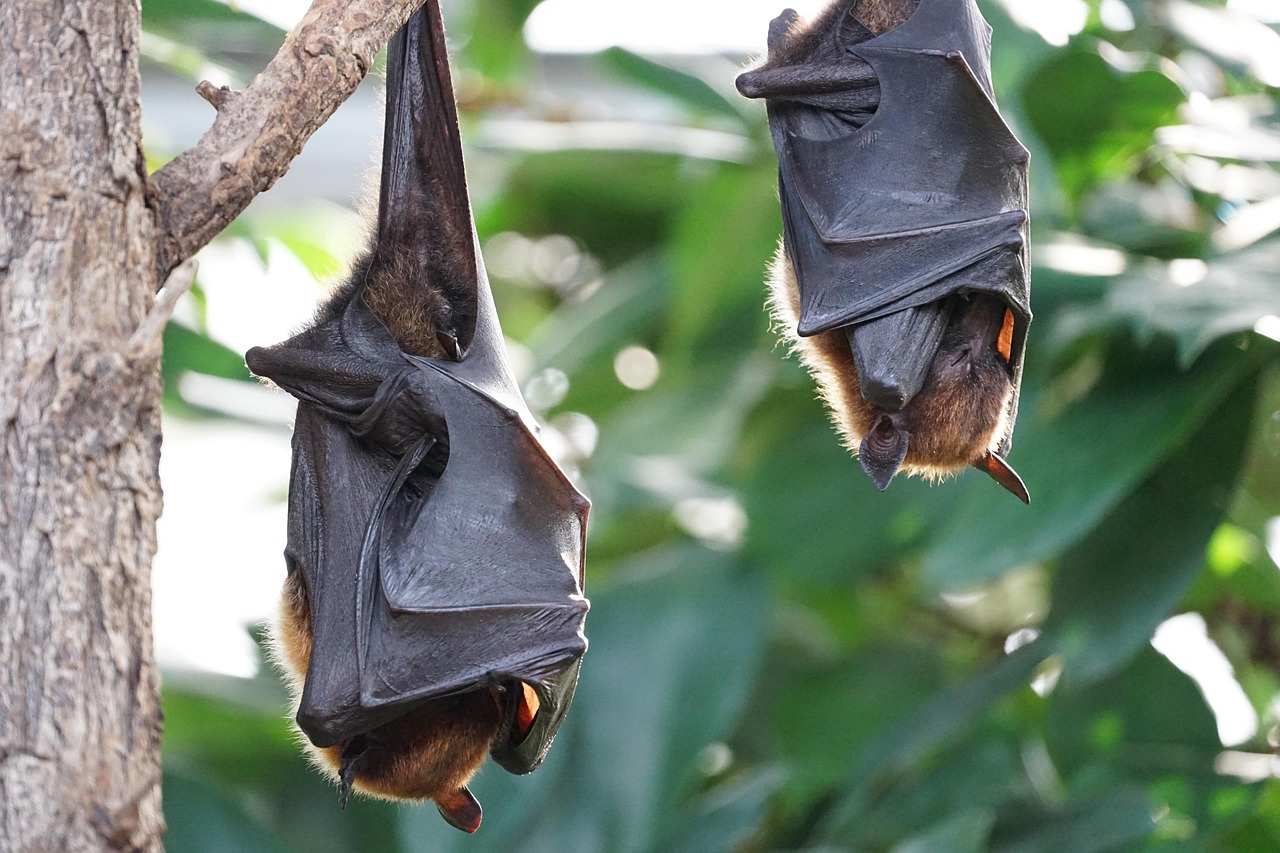Unraveling the Intricate Lives of Bats: From Fabled Creatures of the Night to Vital Eco-Warriors
Introduction: Bats: night-time dwellers, symbols of superstition, and frequent stars of Halloween decorations. But beyond the folklore and myths, bats play a critical role in our ecosystem. This article dives into the captivating world of bats, shedding light on their evolutionary journey, their environmental impact, and the challenges they face in the contemporary world.

1. The Evolutionary Saga of Bats
Over 50 million years ago, the first bats appeared, making them one of the oldest mammals still in existence. Their ability to fly sets them apart from most mammals, with their wings being an evolutionary adaptation of their forelimbs. Bats’ evolutionary journey is marked by their unique echolocation ability, allowing them to navigate and hunt in complete darkness.
2. Bats – Nature’s Pest Control Agents
Bats play a significant role in maintaining ecological balance by regulating insect populations. Insectivorous bats consume vast quantities of insects, including many harmful pests, thereby reducing the need for chemical pesticides. Their contribution to agriculture is estimated to be worth billions of dollars annually.
3. The Pollination Power of Bats
Not all bats are insectivores; many tropical and subtropical species feed on nectar and play a crucial role in pollination. Agave plants, essential for tequila production, and the iconic saguaro cactus, rely heavily on bats for pollination. Bats’ pollination and seed dispersal services are vital to the health of many ecosystems.
4. Threats to Bat Populations
Despite their ecological significance, bat populations face numerous threats. Habitat loss, disease, and climate change have contributed to declining bat numbers. The devastating White-Nose Syndrome, a fungal disease, has resulted in the death of millions of bats in North America.
5. The Economic Impact of Bats
The decline in bat populations has significant economic implications. Without their pest control and pollination services, agricultural industries could face increased production costs or reduced yields. The estimated value of bats to the agricultural sector in the U.S. lies between $3.7 billion to $53 billion per year.
Bats, though often misunderstood, are integral to the health and functioning of our ecosystems. Their role extends beyond the realms of ecological balance and economic impact, influencing cultural symbolism and mythology. As we continue to learn more about these fascinating creatures, it becomes increasingly evident that their conservation is not just a matter of biodiversity, but one of global ecological and economic significance.





